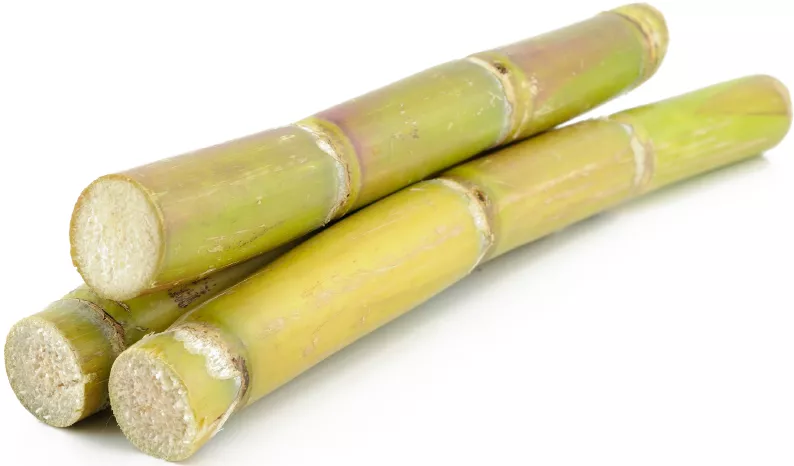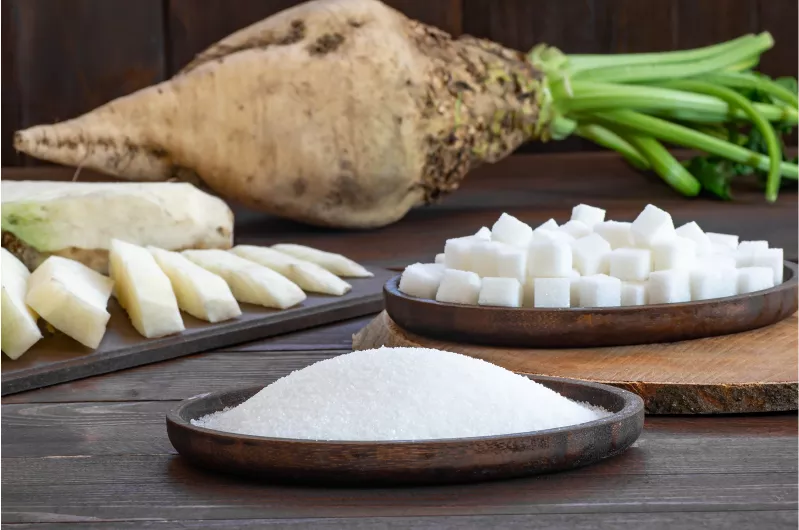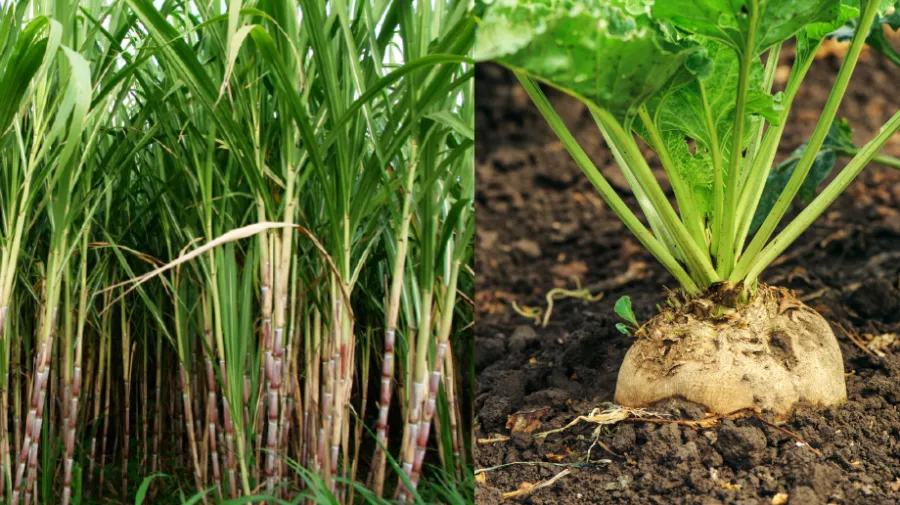
History of sugar cane and sugar beet
Sugar Cane
Humans have been using sugar cane for over 10,000 years (1). However, sugar cane did not make its way to the Americas until 1492 with Christopher Columbus (1;2). Once there, settlers realised the potential to cultivate sugar cane in the better climatic conditions of the New World. Spanish colonisers joined suit and grew sugar cane across the Caribbean. By the 16th century, sugar cane had made it to Madeira, an Atlantic Island colonised by Portugal. It was here that sugar cane was first cultivated explicitly for large-scale refinement and trade. Later, the Portuguese moved their efforts to Brazil, due to its ideal climate for growing sugar cane. Not long after, sugar cane was taken to other countries such as Barbados and Haiti, by the French and British colonisers, and soon, refined sugar appeared in the diets of people in Western Europe.

Sugar Beet
Sugar beet’s usage as a food crop is more recent. It was not until the 18th century that German chemist Andreas Marggraf discovered that, like sugar cane, sugar beet roots contained a high percentage of sucrose (3). Just a few years later, Marggraf and his apprentice, opened the world’s first sugar beet factory in what is now Poland. At the time, sugar beets were less than 6% sucrose. Over many years of careful selective breeding by farmers, sugar beets have developed into the important energy-providing crop they are today, with over 18% sucrose.


